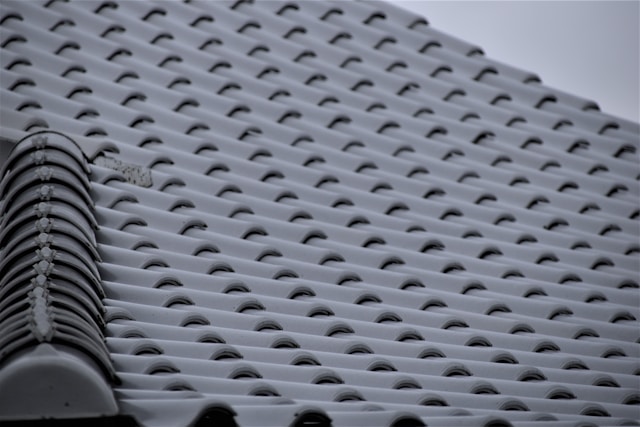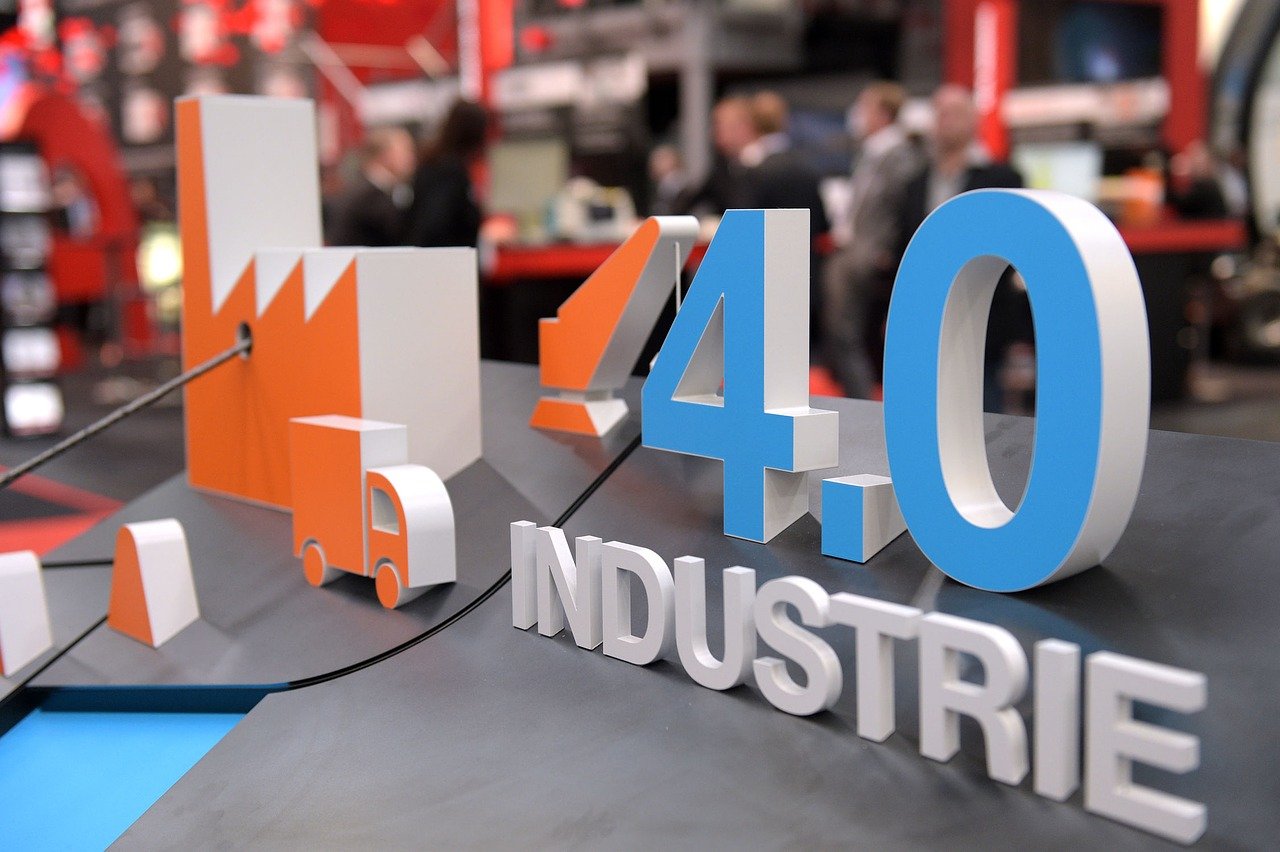Commercial roofing plays a critical role in the protection, efficiency and aesthetic value of a building. The choice of roofing is pivotal, given its impact across various aspects of a commercial property. With an array of roofing systems available, it’s important to learn more about how each serves distinct purposes and suits different environmental conditions. Let’s delve into the primary types of commercial roofing systems, exploring their advantages and use cases.
Built-Up Roofing (BUR) Systems
Among the most traditional roofing types is the built-up roofing system, commonly known as BUR. This system layers bitumen with reinforcing fabric to create a watertight membrane. One of BUR’s major strengths is its multiple layers, which enhance its water-resistant properties. The top layer often includes gravel or mineral granules, adding extra protection against weather conditions and ultraviolet light. BUR systems are especially effective for low-sloped roofs and are a cost-conscious option for expansive commercial settings such as warehouses or manufacturing plants.
The installation process of BUR systems involves applying hot bitumen, which is then layered with bitumen-saturated felts. This process is repeated until the desired thickness is achieved, creating a well-fortified roof. The number of layers, or plies, can vary depending on the specific requirements of the building and the level of protection needed. BUR systems are known for their exceptional fire resistance, making them a preferred choice for commercial properties where fire safety is a top priority.
Single-Ply Roofing Variants
Single-ply roofing, which includes types like EPDM, PVC and TPO, offers versatility and affordability. EPDM roofing is valued for its exceptional durability and flexibility, particularly in freezing temperatures. PVC roofs provide resistance against chemical exposure, making them ideal for industries where oils and chemicals are prevalent. In contrast, TPO is noted for its ability to reflect heat, thereby enhancing a building’s energy efficiency in hot climates. These lightweight and straightforward-to-install systems provide sustainable solutions, optimizing costs over time due to their protective features and energy savings potential.
Single-ply roofing membranes are also highly reflective, which can contribute to energy efficiency by reducing the amount of heat absorbed by the building. This reflective property is especially beneficial in regions with hot climates, as it helps to minimize cooling costs during the summer months. Additionally, single-ply roofing systems are relatively low maintenance, requiring only periodic inspections and minor repairs to ensure their long-term performance and durability.
Metal Roofing Systems
Metal roofs, crafted from materials such as aluminum, steel, or copper, are distinguished by their longevity and resilience. They can endure up to 60 years if maintained properly. Apart from their strength, metal roofs also reflect solar heat, which helps in reducing energy costs associated with air conditioning. Their stylish appearance and resistance to severe weather make them suitable for a wide range of commercial applications, including retail stores and high-end office buildings.
Green Roofing and Environmental Sustainability
Green roofing systems embody an advanced approach towards sustainability and building efficiency. These roofs support a layer of vegetation over a waterproofing membrane, enhancing thermal insulation and aiding in temperature control inside the building. Green roofs are pivotal in addressing urban heat island effects and improving air quality. Despite the higher initial installation cost, the environmental benefits and long-term savings on energy expenditure render green roofs an attractive choice for environmentally conscious businesses aiming to enhance their ecological footprint.
In overview, the commercial roofing options are diverse, ranging from conventional BUR to innovative green roofs, each offering distinct benefits tailored to specific business needs and climates. Providers like Clear Choice Roofing in Austin, TX, recognize the importance of matching the right roofing system to each building, ensuring optimal protection, efficiency and alignment with business values. Thus, choosing the correct roofing solution is essential for the sustainability and functionality of any commercial enterprise.







